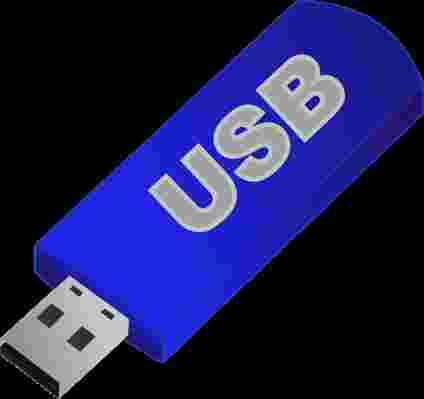Times are a-changin’. And more quickly every day. Not even the most visionary person could have predicted a decade ago that the “norm” would be to carry around a USB drive on our keys. Portable storage devices have become essential to our everyday lives, so much so that you may have several USBs, thanks to promotional (and free) campaigns from certain companies.
In turn, this proliferation of USB drives has caused our data to be available with astonishing ease. After all, have you stopped to think that if you lose your storage device, anybody can access what you have on it? What if you have bank info? Or you store info about a project that hasn’t gone public yet?
The possibilities are endless, so we’re going to teach you a little trick you may not know: how to add a password to your USB drive so nobody can access the info you’ve got on it.
4 Tips to Get the Most Out of WinRAR
Free
That’s the magic word. You don’t need expert computer skills or to buy additional software. You can add passwords to your devices completely free, thanks to Windows. In fact, the steps for doing this are really easy and only take a few minutes.
The first thing you have to do is download BitLocker. It generally comes preinstalled on all Windows operating systems, but in case your PC doesn’t have it, just go to this official Microsoft page and download the version that applies to you (32 or 64 bits).
Once you’ve done this, you have to insert the desired drive into your computer’s USB port, but without opening any documents. Close the pop-up window and go to This PC or PC (depending on the Windows version you have, the name may vary). Once here, you’ll see your hard drive, as well as any connected external storage devices. On the USB drive you want to protect, right click and choose Turn on BitLocker .

Windows will take a little time to analyze your USB, so don’t worry. Once it’s finished, your operating system will give you two options: Require a PIN at every startup and Require a Startup key at every startup . Are they the same? Well practically speaking, they are. However, we suggest you select the first option, which is the most common. Enter the password you like best (tip: play with uppercase letters, lowercase letters and numbers for tighter security) and click continue .
The screen that follows may have scared you, right? Don’t worry, the system is simply asking you how you want to save a possible recovery key: to a file or by printing it. Keeping in mind digital convenience, we recommend clicking the first option: Save the recovery key to a file .
The following message that appears may vary: on some versions, it simply shows the button Start encryption , which is the name indicating this process; another version lets you choose between two encryption options: one fast and the other slower (the second option doesn’t just encrypt visible data, but also anything that has been deleted from the USB and can still be recovered.) If this latest version pops up, choose the mode you like best, click on the window Compatible mode and wait a few minutes for the process to be completed.
Easy, right? If you remove the drive and insert it back into your computer, the device will ask you for a password to access it. Enter it and you’re good to go. From now on, your data will be a little more protected.
